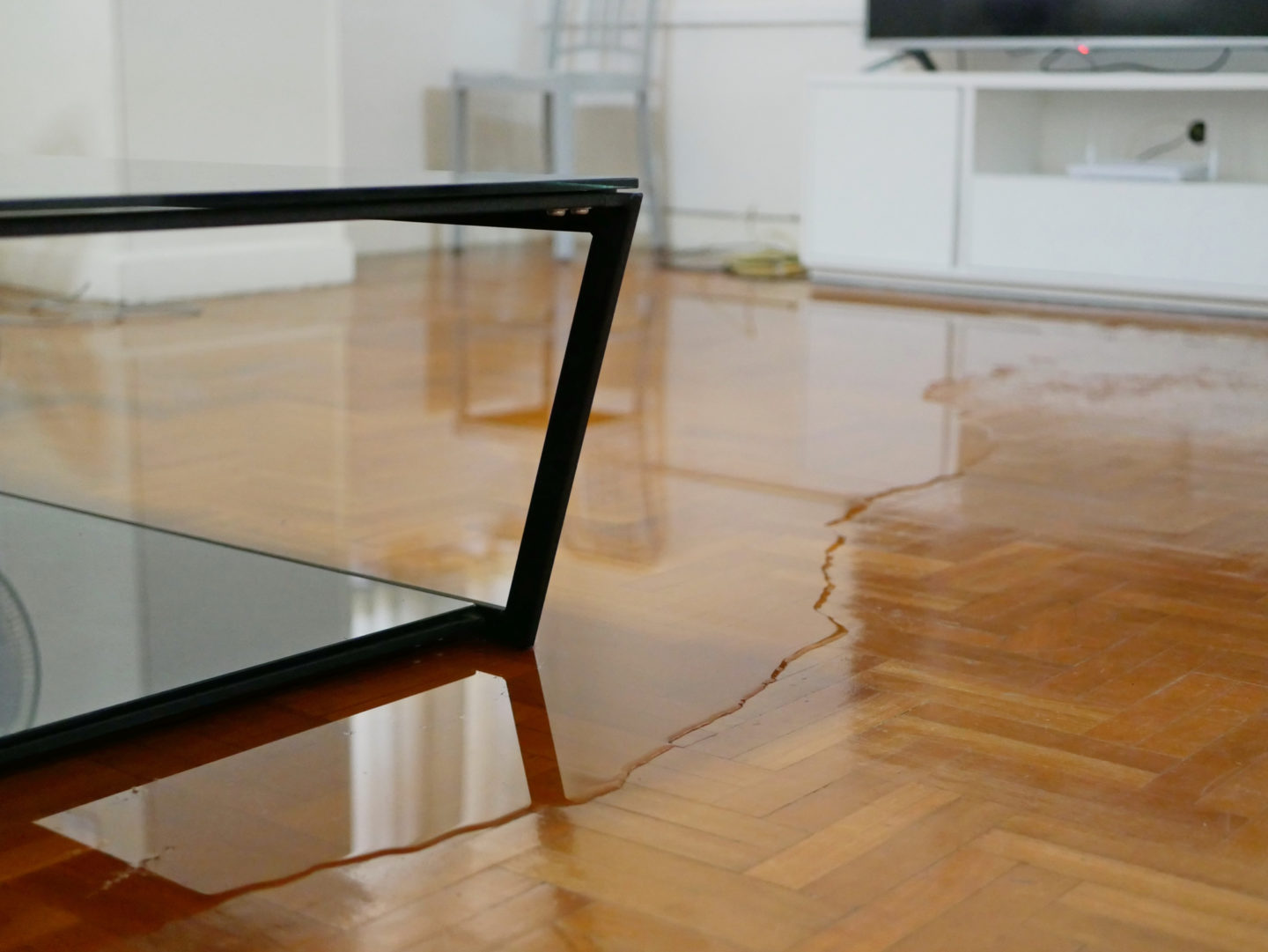Do's & Don'ts of Water Restoration.
Do's & Don'ts of Water Restoration.
Blog Article
Are you currently searching for suggestions on Reducing Your Risk Of Water And Fire Damage At Home?

Water provides life, yet water breach on some components where it's not expected to be can result in damages and inconvenience. In enhancement, houses with water damages smell stuffy and also old.
Water can come from many resources like hurricanes, floods, burst pipelines, leakages, as well as sewage system problems. It's much better to have a functioning knowledge of safety preventative measures if you have water damage. Here are a couple of standards on how to manage water damage.
Do Prioritize House Insurance Protection
Seasonal water damages can come from floods, seasonal rains, and wind. There is also an event of an unexpected flood, whether it came from a defective pipe that suddenly bursts into your house. To safeguard your house, obtain house insurance policy that covers both acts of God such as natural tragedies, and emergency situations like busted plumbing.
Do Not Fail To Remember to Shut Off Utilities
When catastrophe strikes as well as you remain in a flood-prone area, switch off the main electrical circuit. Switching off the power avoids
electrical shocks when water comes in as water serves as a conductor. Do not neglect to switch off the main water line shutoff as a means to avoid even more damage.
If the floodwaters are obtaining high, keep your furniture stable as they can move around and trigger extra damage.
Do Remain Proactive and also Heed Weather Alerts
If you live in a location tormented by floods, stay ready as well as positive at all times. Listen to the news and emptying warnings if you live near a body of water like a creek, lake, or river .
Do Not Disregard the Roof
Your roofing contractor should take treatment of the malfunctioning seamless gutters or any type of various other signs of damage or weakening. An evaluation will certainly stop water from flowing down your walls as well as soaking your ceiling.
Do Pay Attention to Small Leakages
There are red flags that can attract your focus and also indicate to you some damaged pipelines in your residence. Indicators of red flags in your pipelines consist of gurgling paint, peeling wallpaper, water touches, water stains, or dripping audios behind the wall surfaces. Repair service and inspect your plumbing fixed before it results in substantial damage to your house, financial resources, and also a personal headache.
Do Not Panic in Case of a Burst Pipe
Maintaining your presence of mind is crucial in a time of situation. Because it will certainly suppress you from acting quick, worrying will just worsen the trouble. Panic will likewise offer you additional anxiety. When it comes to water damage, timing is essential. The longer you wait, the even more damage you can anticipate as well as the worst the results can be. If a pipeline bursts in your house, instantly shut off your major water shutoff to remove the resource and also protect against more damages. Disconnect all electric outlets in the location or switch off the circuit breaker for that part of the house. Ultimately, call a reliable water damages reconstruction professional for support.
Water offers life, however water intrusion on some components where it's not intended to be can result in damage and hassle. In addition, homes with water damage scent musty as well as old.
Seasonal water damages can come from floodings, seasonal rainfalls, and also wind. Indications of red flags in your pipes consist of bubbling paint, peeling off wallpaper, water streaks, water stains, or trickling sounds behind the wall surfaces. If a pipeline bursts in your residence, right away shut off your primary water shutoff to reduce off the source and also stop even more damage.
Some Do's & Don't When Dealing with a Water Damage
DO:
Make sure the water source has been eliminated. Contact a plumber if needed. Turn off circuit breakers supplying electricity to wet areas and unplug any electronics that are on wet carpet or surfaces Remove small furniture items Remove as much excess water as possible by mopping or blotting; Use WHITE towels to blot wet carpeting Wipe water from wooden furniture after removing anything on it Remove and prop up wet upholstery cushions for even drying (check for any bleeding) Pin up curtains or furniture skirts if needed Place aluminum foil, saucers or wood blocks between furniture legs and wet carpet Turn on air conditioning for maximum drying in winter and open windows in the summer Open any drawers and cabinets affected for complete drying but do not force them open Remove any valuable art objects or paintings to a safe, dry place Open any suitcases or luggage that may have been affected to dry, preferably in sunlight Hang any fur or leather goods to dry at room temperature Punch small holes in sagging ceilings to relieve trapped water (don't forget to place pans beneath!); however, if the ceiling is sagging extremely low, stay out of the room and we'll take care of it DO NOT:
Leave wet fabrics in place; dry them as soon as possible Leave books, magazines or any other colored items on wet carpets or floor Use your household vacuum to remove water Use TV's or other electronics/appliances while standing on wet carpets or floors; especially not on wet concrete floors Turn on ceiling fixtures if the ceiling is wet Turn your heat up, unless instructed otherwise

As a serious person who reads on Reducing Your Risk Of Water And Fire Damage At Home, I imagined sharing that portion was really helpful. Make sure you set aside a second to distribute this blog if you liked it. Thanks a lot for going through it.
Report this page